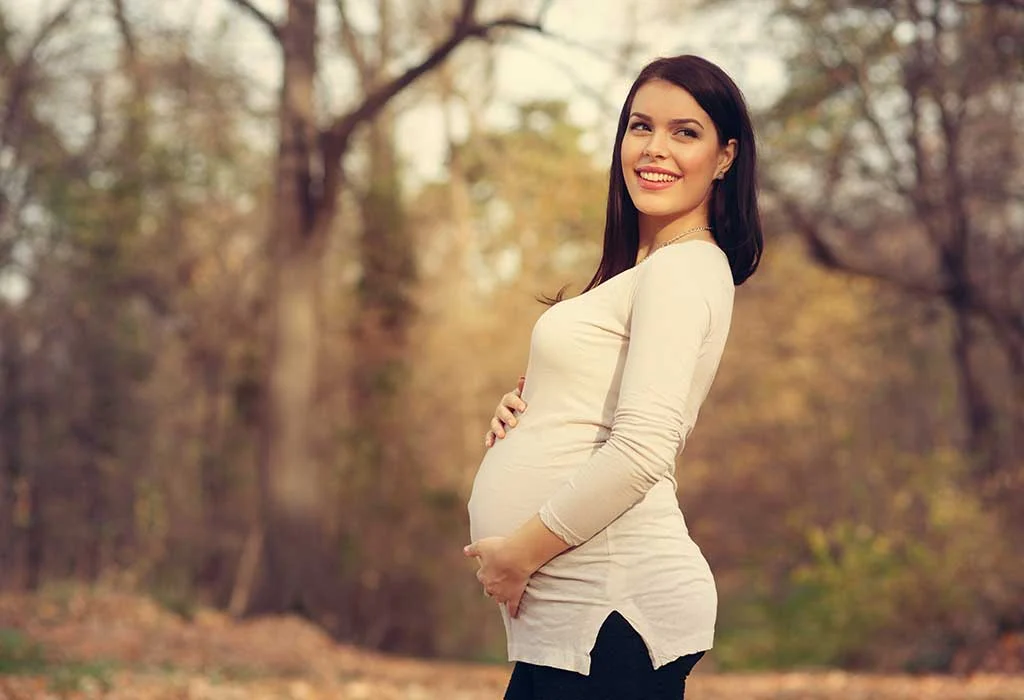Welcome back to our twin series! If you missed the first part, “Seeing Double: How the Rise of Twins Affects Pregnancy and Birth,” be sure to check it out.
When I found out I was having twins, I really didn’t know what to expect—not that anyone truly does! Out of all the things I worried about while managing my growing belly and swollen feet, the question of whether to separate them for school wasn’t even on my radar. But now, as my little ones are gearing up for preschool, I can’t help but wonder about this hot topic.
Like many of you, I grew up knowing one set of twins, or perhaps you read about them in classic series like Sweet Valley High. But now, it seems like twins are everywhere! Since 1980, the birth rate for twins has surged by 76%, with 33 out of every 1,000 births being twins. This increase means that schools are seeing a rise in twin students as well. According to Lynn M. Gordon, a professor at California State University–Northridge, approximately one in every 30 children is a twin. This means that in a typical U.S. classroom of 25 to 30 students, there’s likely to be at least one pair of twins.
In my experience, my fraternal twins attended pre-preschool, and almost every class had another set of twins. As they prepare for preschool this September, they’ll be joining yet another pair of twins in their classroom—one of several sets at the school!
Educators have noticed this trend too. Kimberly Mettler, a twin mom and teacher in New York City, noted that when she worked in Chicago, she rarely encountered twins in her classroom, but in Brooklyn, it seems to be a common occurrence. Paula Heitman, director of a nonprofit play space for kids under 5, mentioned having eight sets of twins in her classes last year. Teachers strive to recognize twins as individuals while also respecting their unique bond. They encourage each twin to explore their individuality and support one another’s growth.
However, once kindergarten rolls around, things can change. Many schools have policies that automatically separate twins, and only a few states allow parents to make that choice. Studies show that around 80 to 84 percent of twins in the U.S. are placed in different classrooms, compared to much lower percentages in countries like the UK or Australia. Interestingly, principals tend to favor separation more than parents or teachers do, with many educators believing that keeping twins together might hinder their individual development.
Research indicates that separating twins doesn’t yield cognitive benefits, and it might even have negative emotional effects, particularly for those who are very close. In fact, twins in the same class often have better social experiences and more popularity than those who are separated. Still, there are valid reasons for separation, such as disruptive behavior or significant differences in academic performance.
Experts agree that the decision about whether to separate twins should ultimately rest with the parents, who know their children best. A more flexible policy that considers the family’s needs and the twins’ individual personalities is essential.
As I ponder whether my girls will thrive together or apart, one thing is certain: I want this decision to be ours, not dictated by school policy.
For more insights on family planning and essential information about home insemination, check out this excellent resource on pregnancy. And if you’re looking to boost fertility, don’t miss the information on fertility supplements at Make a Mom.
Summary:
Deciding whether to separate twins for school can be challenging for parents. While many schools have policies advocating for separation, research suggests that twins often benefit socially and emotionally from staying together. Ultimately, the best choice lies with the parents, who understand their children’s needs best.
